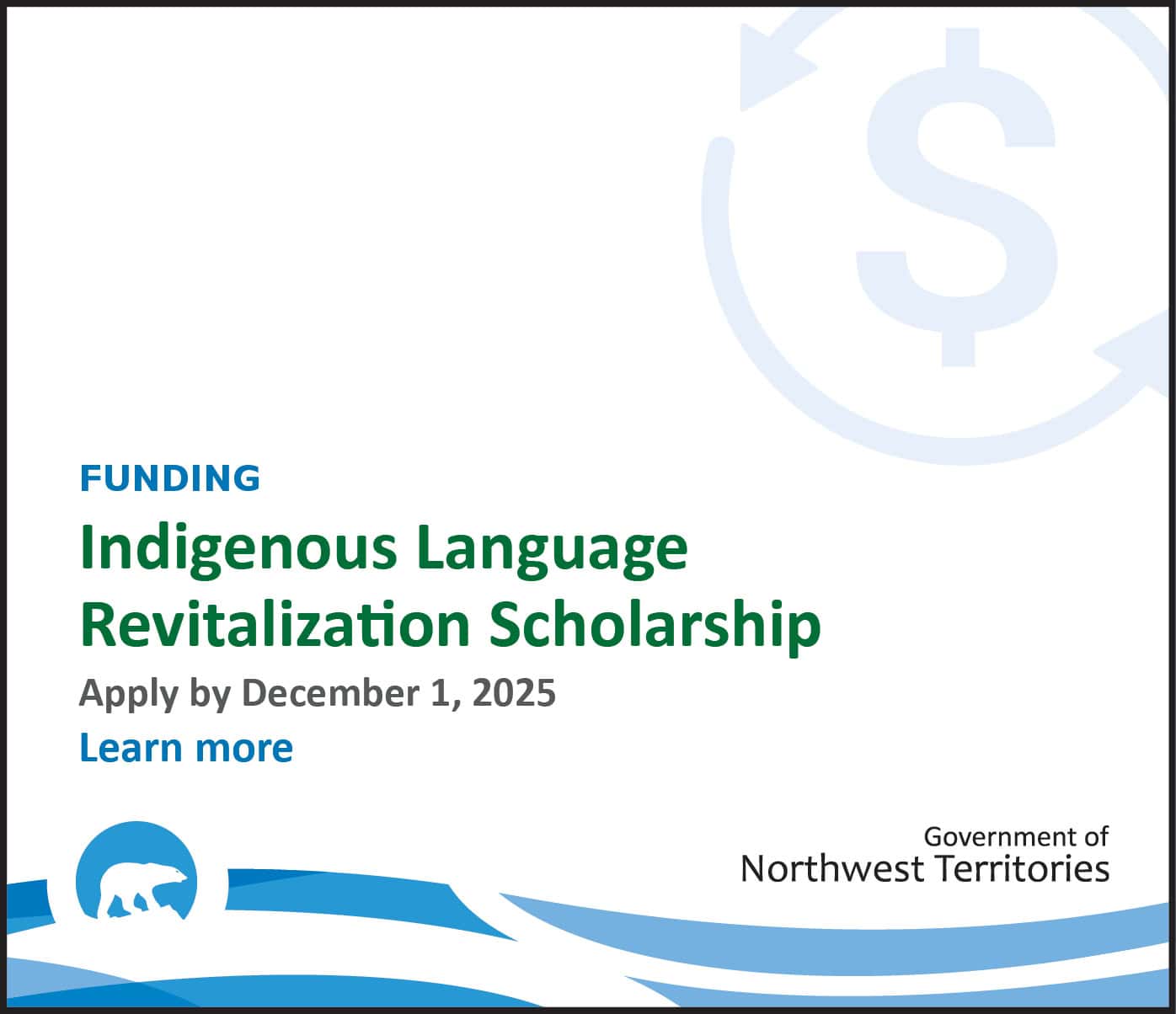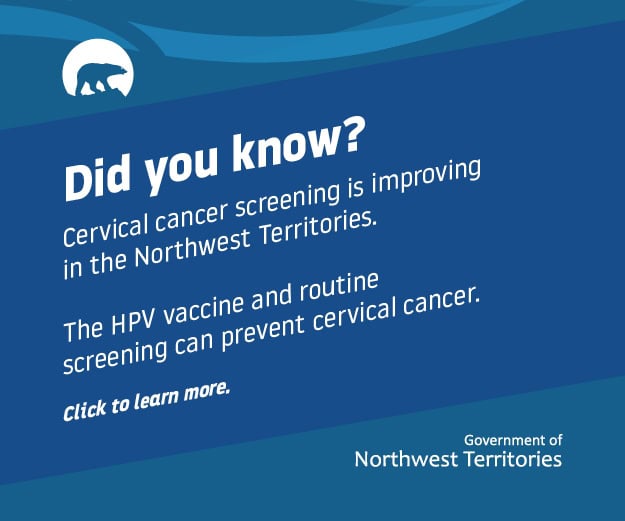Featured
Federal budget heavy on Arctic infrastructure promises
Medical travel, Nutrition North to be reviewed; but no clarity on Jordan's Principle funding, in the Liberals first spending plan

The North and Indigenous people featured prominently in the Liberal minority government’s first budget.
But you had to search for the term Indigenous, as there was no specific section for First Nations, Inuit and Métis people, as was seen in previous spending plans.
Finance Minister François-Philippe Champagne made some hefty promises for roads, bridges, airports, electrical grids with its Arctic Infrastructure Fund, investing $1 billion over four years.
Money was also earmarked for the Canadian Armed Forces to rebuild and re-arm, which could bode well for the Northwest Territories.
Champagne said in the House of Commons: “Our Arctic Infrastructure Fund will expand possibilities and opportunities like never before in Canada’s North.
“Our work on (national) defence will strengthen Canadian research centres, and Canadian communities in the North, working with our Inuit and First Nations partners, by building dual-use infrastructure – like ports and airport runways.”
And to do so in true partnership with Indigenous Peoples, “whose stewardship and knowledge of the land continue to guide us today.”
Overall, Indigenous programs face more than $2 billion in budget cuts — but it could have been worse.
Indigenous Services Canada and Crown-Indigenous Relations and Northern Affairs Canada both face 2% cuts, which estimates peg at almost $2.3 billion reductions by spring 2030.
But there is some new cash, including $10.1 million over three years for Indigenous consultations on major projects being fast-tracked through the regulatory process.
The budget does realize there are health-care inequities in the North.
- GNWT offcials held a video call with media late Tuesday afternoon. (Image: Microsoft Teams)
But that just means a review — which is still a good development, says NWT Premier R.J. Simpson.
“We’ve had conversations with them about the amount of travel that someone has to do to access basic services, whether that’s traveling from Sachs Harbour to Yellowknife to then to Edmonton, or even just from Hay River to Yellowknife, it still takes time, and it’s still difficult for people with serious issues,” Simpson said on a video call with media late Tuesday afternoon.
“So, the federal government has committed to undertake a comprehensive assessment of health care and health-care infrastructure needs in the North, with a goal of identifying ways to increase access.
“And the reason they’re interested in that, is … they are responsible for the cost of medical travel in the territory for Indigenous people through the non-insured health benefits, as well as their own employees.
“And they’ve come to finally recognize that medical travel is expensive, and it’s going to be cheaper for them to bring services closer to home, into communities than it is to send thousands and tens of thousands of people across the country year after year.”
The Premier said it would have been nice to see a line item for the Mackenzie Valley highway in the federal budget, “but the fact is that there are items in here that are going to help us advance our priority areas.”
- Premier Simpson and Finance Minister Caroline Wawzonek highlighted a few key points in Budget 2025:
- $90 million for Canada’s military presence.
- $1 billion Arctic Infrastructure Fund.
- A commitment to review northern health infrastructure.
- $10 million for public safety.
- Expanded critical minerals tax credits (but lacks the North of 60 mineral exploration tax credit). Indigenous communities will benefit from improved healthcare access and increased regulatory support.
Funding remains for Jordan’s Principle, but how it is going to be spent in light os recent application backlogs is still an unanswered question.
Said Wawzonek: “This is one where I’m glad that it’s at least been acknowledged that some funding is going to be continuing (but) what the changes are, that was certainly not in the first pass that I’ve read here, so it’s one that we’re still gonna have to dig into.”
The federal government also signalled intentions to co-develop new food security policies with Inuit and northern Indigenous leadership following an external review of Nutrition North Canada.
An Arctic Infrastructure Fund will have $1 billion over the next four years for major transportation projects with dual-use applications for civilian and military, including airports, seaports and roads.
That should have positive impact on the Northwest Territories.
The budget also promises $25.5 million for CIRNAC, plus $41.7 million for the Canadian Northern Economic Development Agency (CanNor).
A new Build Communities Strong Fund, pledging $51 billion over 10 years will also be available to Indigenous governments across Canada.
The Indigenous Loan Guarantee Program is officially doubled from $5 billion to $10 billion, enabling more Indigenous communities to buy into major projects as equity partners.
The budget highlights (but does not newly allocate) previously announced funding for Indigenous people across Canada, as complioed by APTN, including:
- $155M for First Nations elementary and secondary education
- $219M to implement Indigenous jurisdiction over child and family services
- $1B for Jordan’s Principle
- $111M for emergency management
- $6M for flood mapping on reserve
- $21M for devolving infrastructure planning
- $34M for urban Indigenous programming
- $60M for assisted living
- $1M for Indigenous tourism
- $26M for Indigenous data sovereignty
- $14M for additions-to-reserve
- $8M for managing childhood claims
- $5M to renew First Nations negotiation support
- $665M for non-insured health benefits
- $12M to uphold obligations under the renewed Nunavut Land Claims Agreement
— source APTN






